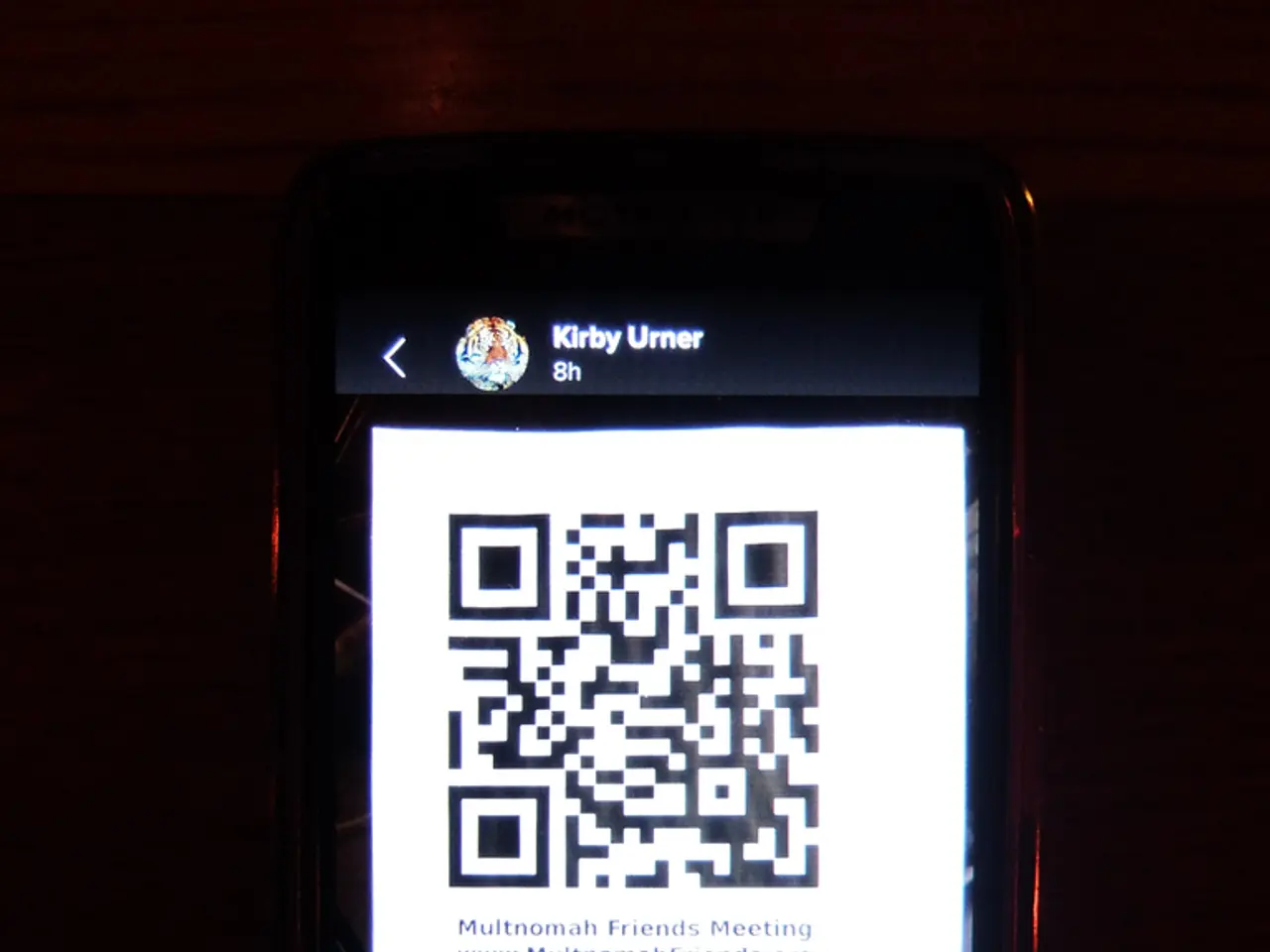Home WiFi routers reengineered as personal health devices, now capable of monitoring heartbeats by US scientists
In a groundbreaking development, a research team at the University of California, Santa Cruz (UC Santa Cruz) has unveiled Pulse-Fi technology – a contactless, precise heart rate monitoring system that leverages the power of WiFi signals.
The innovative technology, which doesn't require any wearables or hospital monitors, can filter out background noise such as movement or environmental interference, making it suitable for everyday use.
Pulse-Fi technology applies machine learning algorithms to WiFi signals to detect heartbeats with an impressive level of accuracy, even at low-cost price points. It achieves this by analysing how radio frequency waves behave as they pass through space. When a heartbeat occurs, it causes subtle but detectable variations in these signals.
The system's accuracy improves with longer monitoring, regardless of whether the participant is sitting, standing, lying down, or walking. In testing on 118 participants, Pulse-Fi technology achieved results nearly identical to those from traditional monitors.
The team behind Pulse-Fi trained their neural network on ground-truth data collected with standard oximeters. They built a dataset by setting up experiments inside UC Santa Cruz's Science and Engineering library.
Pulse-Fi technology uses inexpensive hardware found in homes and workplaces. The system relies on ultra-low-cost ESP32 chips and Raspberry Pi boards, making it accessible to a wide audience.
Moreover, the technology can measure heart rate accurately from up to three meters away. Using commercial-grade routers could potentially improve the system's performance.
With an error margin of half a beat per minute after just five seconds of signal processing, Pulse-Fi technology is set to transform the way we monitor heart rates, offering a contactless, affordable, and accurate solution for various applications.








